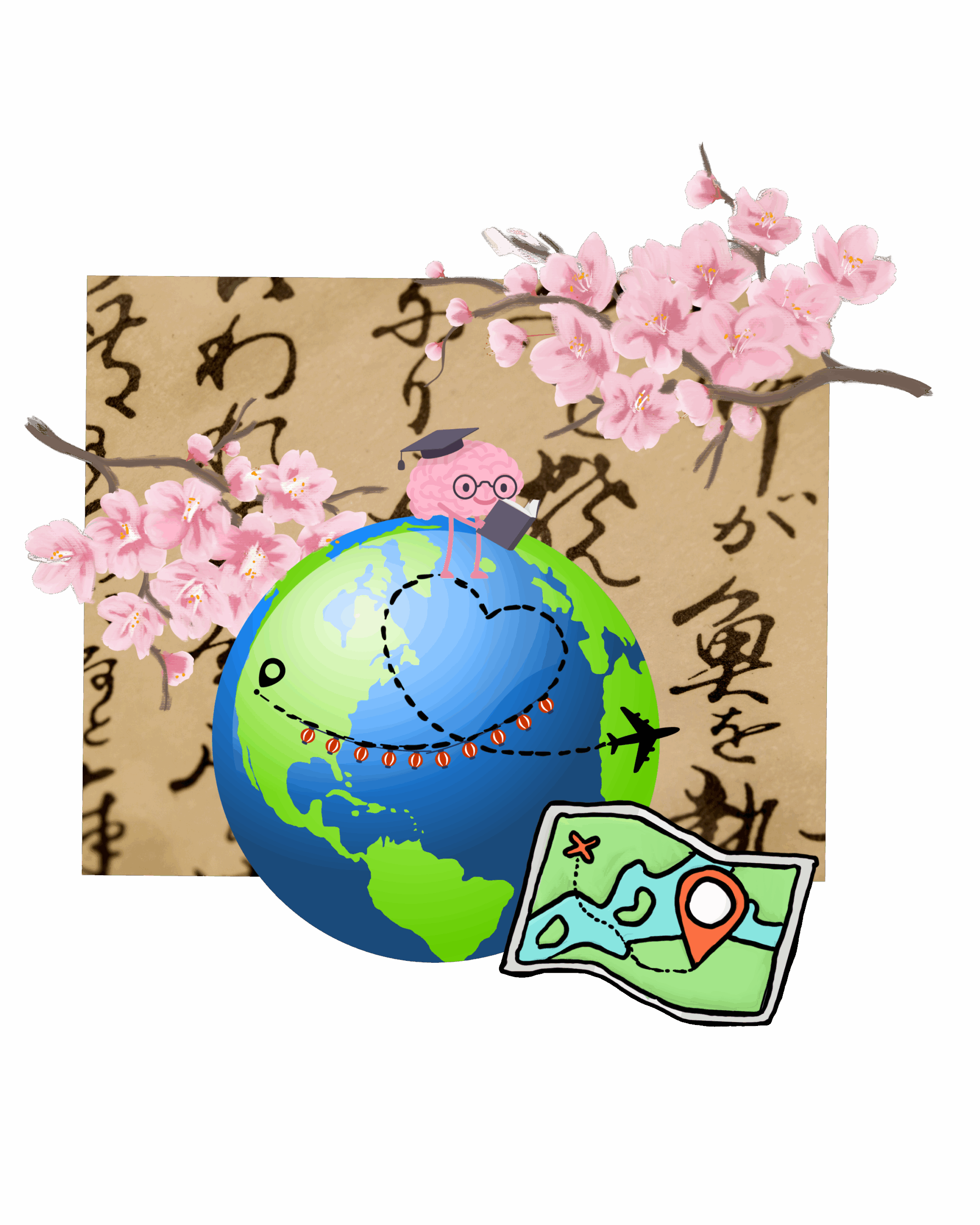
Biochemistry, Japanese, and Study Abroad
WRITTEN BY PRAHARSHITHA “HARU” THUMATI
ILLUSTRATED BY CASSANDRA CHANG
My name is Praharshitha, and I’m a third year double majoring in Biochemistry and Japanese Studies. I work at the McCammon Lab doing computational chemistry, and I’m hoping to go to grad school in a similar field. Although chemistry is very important to me, languages have been an even bigger part of my life, especially because I speak a rare language at home called Sourashtra. I think that UCSD is often perceived as a STEM-only school, but there is so much more to it. I’m sharing my journey here to encourage you to branch out in your classes and study abroad across the world in a small liberal arts school in hopes that you, too, can carve a unique experience in these four years (or two).
I started learning Japanese just as a second-language elective class in middle school, but it turned out to be so much more than that. I self-studied kanji characters in the wee hours before school started, and I continued taking classes all the way up to AP Japanese in high school. I also participated in many contests like the National Japan Bowl and local speech competitions. When I came to UCSD, I thought I would have to give up professional instruction and resort to self-studying for the rest of my journey, but I was sweetly surprised. On top of being a great school for biochemistry, UCSD actually has one of the best Japanese programs in the country.
This was where I was faced with a decision that I had never come across before: humanities or STEM? Many of us didn’t have to choose between humanities and STEM in high school, and while it may seem like we have to abandon one or the other in college, this is not the case. We blend into the crowd, but there are plenty of physical science/humanities double majors out here. It is possible and extremely rewarding to do hard science and whatever else you might be interested in—literature, film, or Japanese like me!
Initially, I took Japanese classes my first year to fulfill my GEs. I really enjoyed having a break from my math and chem classes, so I declared a minor in Japanese Studies, since a major was too many additional classes. Visiting Japan was a dream that I’ve had since I started my language journey, and I was finally able to fulfil that during my second year. I studied abroad in Japan during the Spring and Summer quarters of my second year at a famous liberal arts school called Hitotsubashi University, where I enrolled in regular classes taught in Japanese and was able to really push my limits in academic Japanese. When I studied abroad, I not only got a long-needed break from chemistry and a once-in-a-lifetime adventure, but also an easy promotion to a double major!
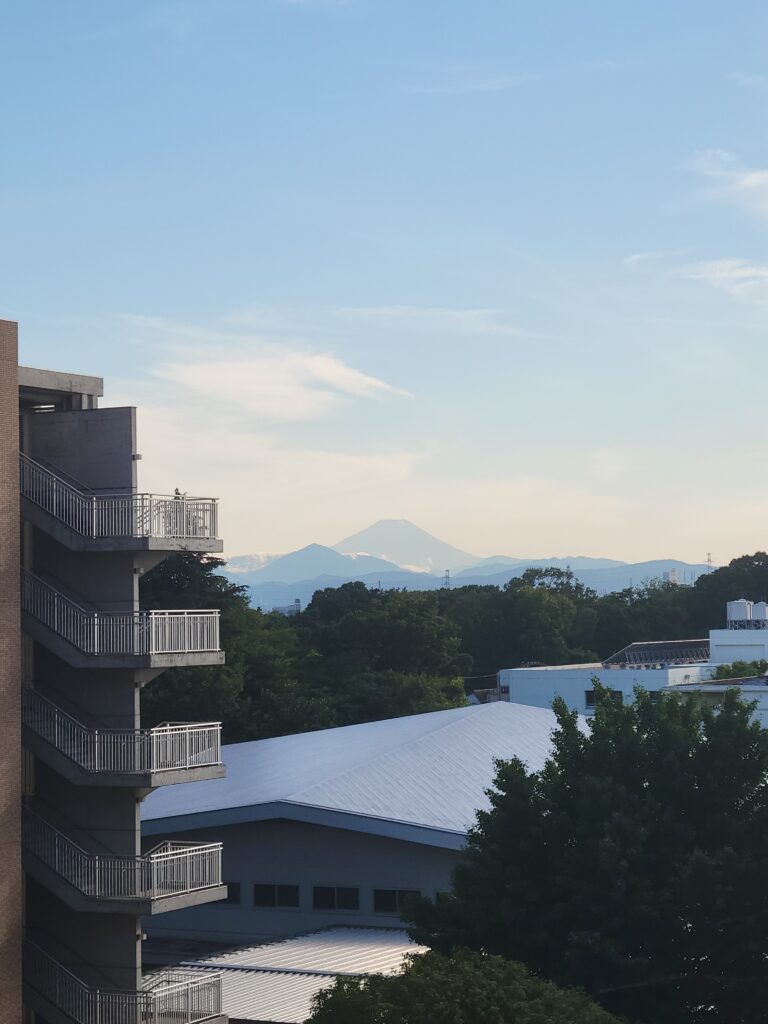
After returning to UCSD, I helped many of my friends in their journey, and I want to help you too. Don’t be afraid to go abroad! Here are some of my best tips:
– Don’t complete all of your GEs at UCSD! Save some GEs or non-STEM classes to take abroad, since those are flexible and can be found at any university. I wouldn’t count on taking specific major classes, since it’s usually hard to match the exact course content and transferring those units is complicated, but it is also important that the classes you enroll in overseas count towards your requirements in order to not delay graduation. Plus, you can enjoy a fresh humanities perspective, shoulder a lighter workload, and have fun in the new country!
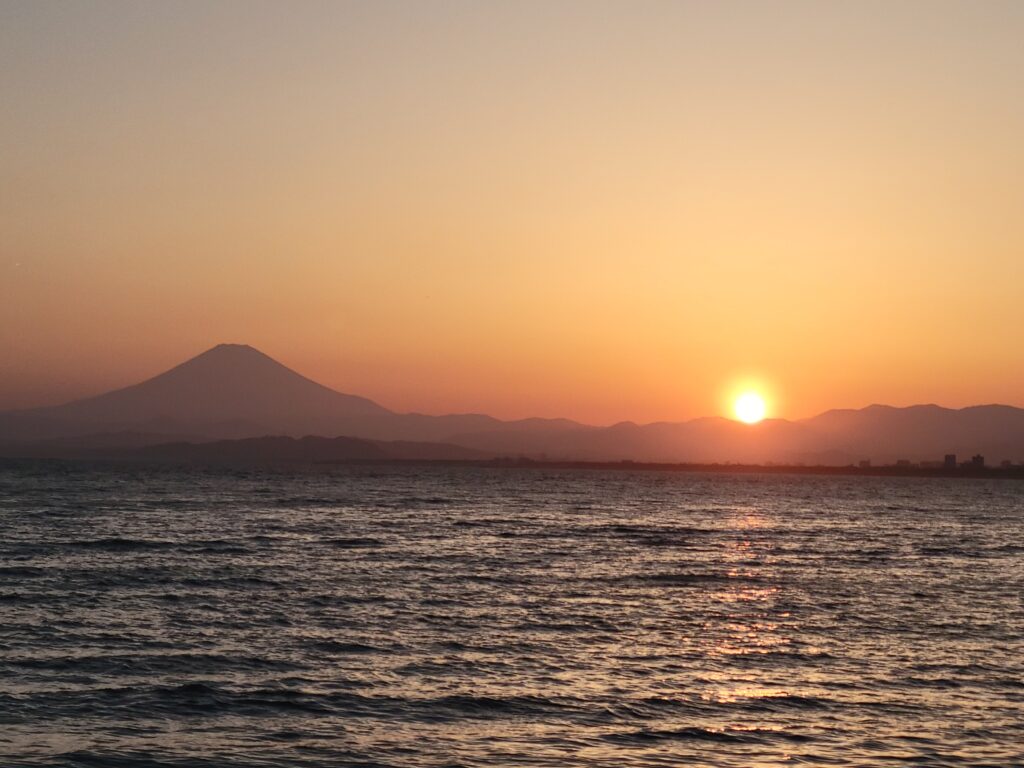
– Pick a program that allows course flexibility. Some of the programs in Japan, for example, had coursework already predetermined as part of the program. Chances are, those aren’t the courses you need for your GEs. However, there are many other programs that leave course selection completely up to you, and that’s probably the way to go. I took seven classes, with most counting towards my Japanese Studies major and one that was a US History class for a Muir GE.
-For STEM majors, studying abroad during your second year is ideal. That’s when you’re taking lower division courses that are offered multiple times a year, so it’s easier to catch up on what you missed, simpler to take a break from research, and less stressful with internship or graduate school preparation. Try placing your study abroad so that it interferes with school as little as possible. For example, if you want to do one semester abroad, you can schedule it for summer and fall instead of fall and winter. Even as a transfer student or someone who wants to graduate in less than four years, study abroad is possible! All you need to do is start planning early.
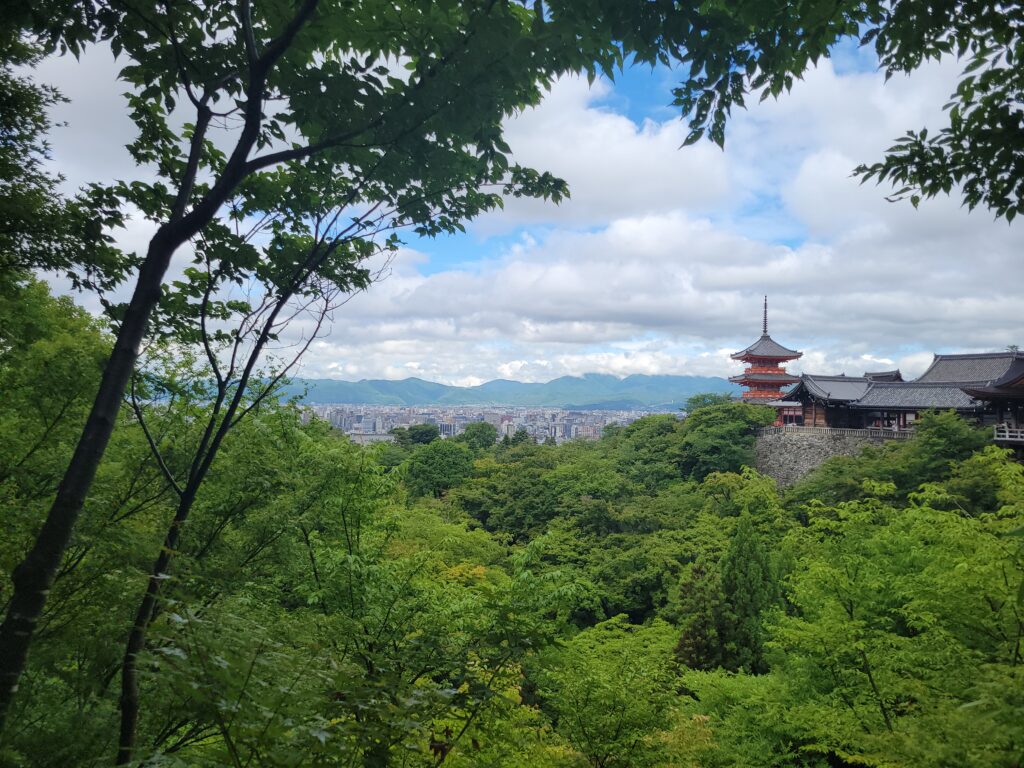
– Communicate with your major, college, and study abroad advising offices regularly and meticulously. With lots of VAC questions and drop-in hours, you can ensure that you have no ill surprises when transferring your foreign courses.
– Don’t be afraid to go to a non-English speaking country. Although I knew Japanese, most people in my program didn’t—and that’s true across many programs. Even if you have no interest in learning the language, you’ll have so much fun while knowing you have support anytime from the UC Education Abroad Program staff.
– Depending on the country, studying abroad can be cheaper than staying at UCSD! The low cost of living in Japan basically balanced out the airfare and study abroad fees for me, totaling to a cost lower than the equivalent time at UCSD. Definitely also apply for UC-sponsored scholarships and your local ones too!
– Interning abroad is possible! For one month during the hot and humid summer, I wore a suit every day to intern for a supply-chain management trading company. Although that’s completely unrelated to both of my majors, that’s how it often works in Japan. Unlike in the US where what you learned in your degree matters, as long as you have a degree in Japan, companies will teach you everything you need. So I learned about different maritime insurance policies, visited cold-storage warehouses, and reviewed contracts from clients across the world. Although the details I learned from this job may not show up in my biochemical career, I got a first-hand insight into Japanese work culture. If any of you are interested in interning abroad, make sure that’s something you talk to your advisor about!
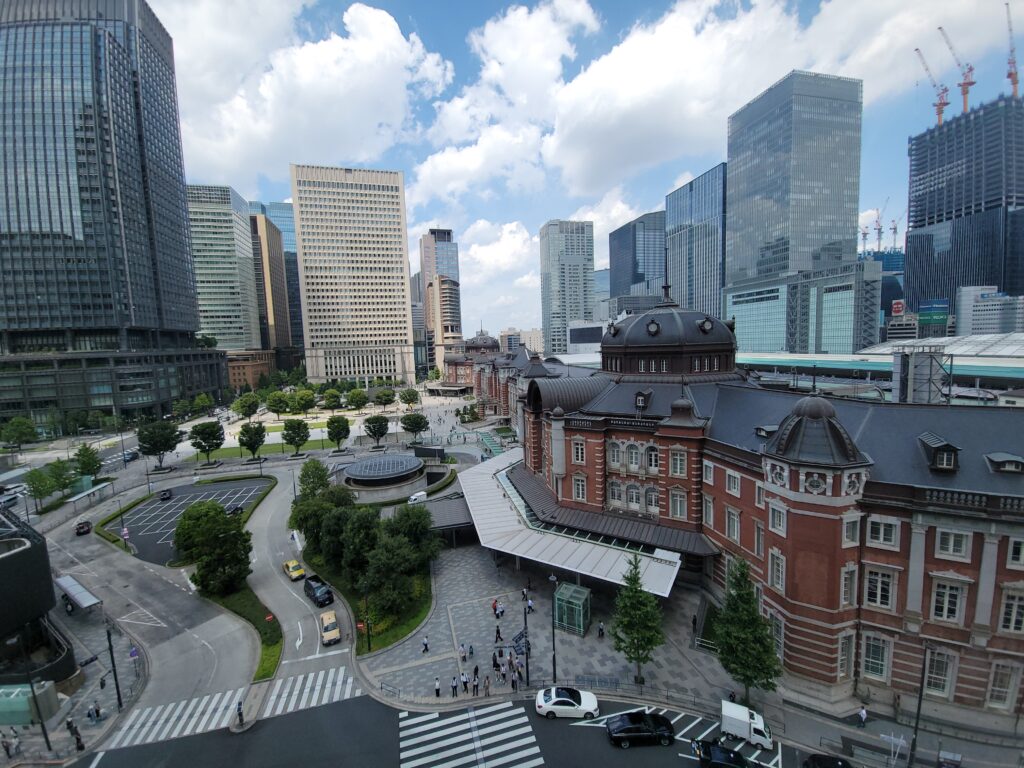
Although there is no requirement to do so, taking classes outside your major and studying abroad has many benefits. It’s a wonderful break from the difficult chemistry courses, and you get to experience small class sizes while making a lot of friends and forming close relationships with professors. These experiences can set you apart from all of the other candidates for jobs and grad school. More importantly, it’s a great opportunity to grow personally.
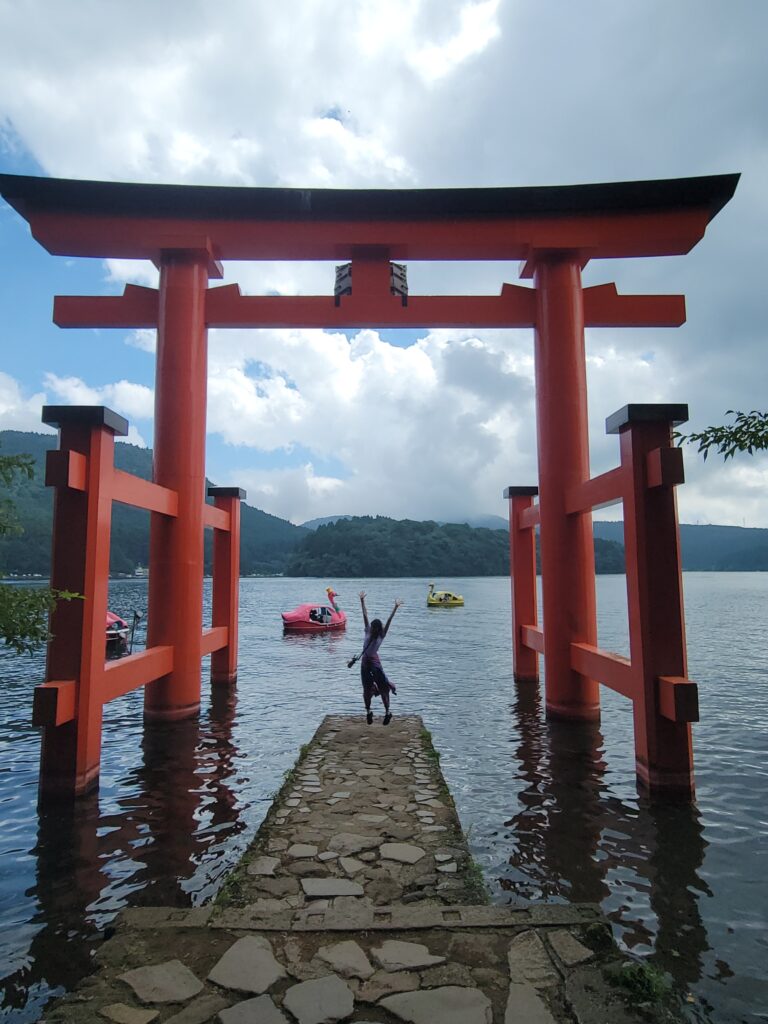
So I hope you are not faced with a decision now. Choose both! Do your STEM degree, take arts classes, and study abroad—all in four years. I hope this article was of some help to you, and if you’d like to talk more, feel free to email me at pthumati@ucsd.edu. Good luck!
Acknowledgments
Thank you to Tokuda Sensei for helping me through the whole research and application process for Hitotsubashi University, and thank you to Andy for being such a flexible PI!
